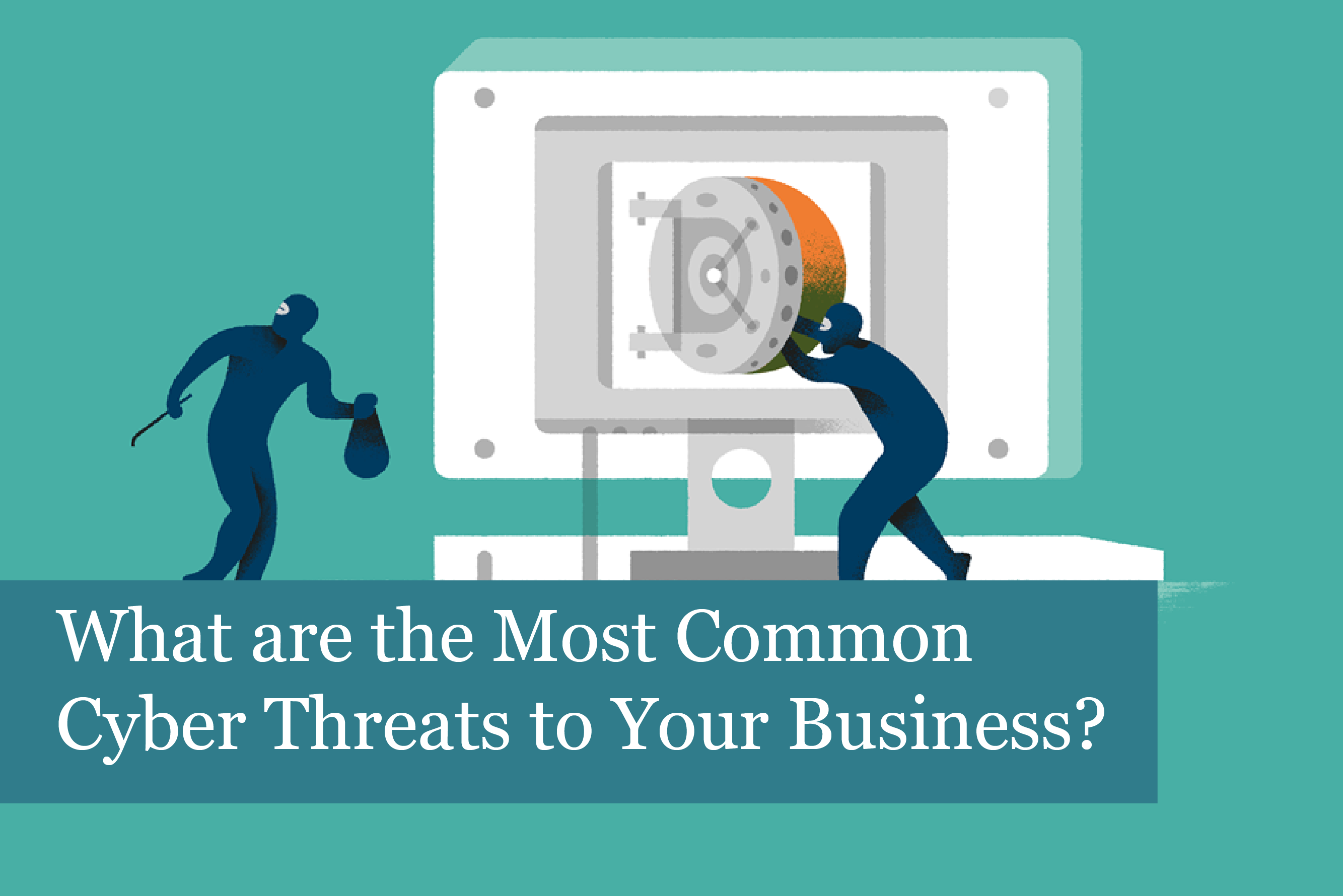
Did you know that your business increasingly faces threats due to cyberattacks? Attacks are becoming more numerous; cyberattacks are also becoming more sophisticated. According to Gov.uk, their most recent survey shows that about 46% of all businesses, and 26% of all charities have reported cyber security breaches or attacks in the last 12 months. And of those businesses that are reporting attacks, more of them are starting to be hit by criminals at least once a week.
Those are sobering statistics, which point to the need for businesses to take a firm stand against cyber criminals.
In this article, we’ll take a look at the most common online threats. We’ll provide information about each threat and how it works, so you’ll be informed about online cyber security issues.
Cybercriminals
These are the criminals behind the security issues and illegal activities. These are “black hat hackers,” who use malicious methods to gain data, money and more from companies and individuals. Their activities may involve breaking into business networks to steal valuable data, causing chaos and disruptions in business operations and more.
Cybercriminals can be broken into several categories which include hacktivists (such as the group Anonymous, those who commit cyber crimes part-time or full-time, malicious insiders (those on the inside of a company or organization), organized crime gangs, and more.
While it’s true that laws are becoming more stringent and sophisticated against cybercrimes, criminals are also dedicated to coming up with innovative tactics to get what they want.
Malware
Malware is a term which is the abbreviation for “malicious software.” What is it? Malware is a piece of software that is written with the aim of stealing data, damaging devices/networks, and/or causing chaos. Malware includes viruses, spyware, ransomware, and more.
This form of cyber attack usually takes advantage of vulnerabilities and defects in business networks, operating systems, and more.
Viruses
You’re probably very familiar with viruses, which are harmful computer programs and apps that are specifically designed to spread from computer to computer. They are created to interfere with operations by corrupting and deleting data, damaging devices, and more.
Viruses are created to easily and quickly spread; not only that, but they’re also programmed to replicate themselves to make it easier to spread to other devices.
Phishing Attacks
This is a type of identity theft that often uses email, fake websites and social engineering to steal personal data and other valuable information (including bank account numbers, passwords, and more).
Phishing is most often done at a personal level and uses social engineering to manipulate people into providing information. Social engineering uses psychological methods to gain a person’s trust. For instance, an email may look as if it’s come from a trusted person or business. This makes it more likely the message will be opened.
Next, the email may include a link or request personal data through a ruse. An official-looking email from a bank or other service may indicate there’s a problem with the person’s account which needs to be fixed.
While this is a relatively easy cybercrime, it’s still one that’s highly effective.
Spyware
Spyware is a type of malware that infects a computer or mobile device. It’s used to gather information on sites a person visits, their online habits, things that a person downloads, personal data (including usernames and passwords), account/payment information and more. Spyware can infect and reside on a device without the user’s knowledge. In fact, spyware can be difficult to find and remove.
There are some legitimate uses of spyware, however. These usually involve an employer installing and using spyware to monitor employees’ use of the Internet, for instance.
The illegitimate type of spyware may use any number of methods to infect devices including:
- Security vulnerabilities
- Phishing and spoofing
- Installed in software bundles
- Mobile apps that have been infected with harmful coding
- Trojans
- Worms
A trojan horse is a malicious computer program that is disguised to be a real piece of software or an app. Remember the famous Trojan war? This type of malware is named after the famous mythological Trojan Horse.
The Greeks went to war with the Trojans after Helen was taken from the King of Sparta by the Paris of Troy. During the war, it was said a wooden horse was made by the Greeks, and it was presented as a gift to the Trojans. However, the truth was the Greeks hid their soldiers inside the horse in order to gain entry to the city. The trojan horse cyberattack gets its name from this famous mythological wooden horse.
A trojan horse cyberattack gains entrance to a computer or other device without the user’s knowledge. When the malware is activated, it is used to spy on users to gain important company or personal data, and more. Not only that, but the malware is able to:
- Delete data
- Block & modify data
- Copy data
- Disrupt performance of devices and the networks they use
Botnets
At the most basic level, a botnet is a network of connected computers that have been infected with malware. A cybercriminal is then able to use the infected computers as if they were a single device. Device users may not even realize their device has been infected and is being controlled.
With a botnet, a malicious entity can then gain access to valuable personal or company data, commit illegal activities such spreading viruses, and much more.
Botnets can be installed by accident through the installation of a software or app. They can also be installed through something called a “spider.” These are programs that roam the Internet looking for security vulnerabilities to exploit.
These are some of the most common types of cyberattacks; however, this is not an exhaustive list of methods that are in use today. There are many more threats, along with variations of the threats presented in this article.
Online security has never been more important than now. It is essential to make sure your technology and networks are protected, as cybercriminals continue to develop even more sophisticated attacks to steal personal and business data, and more.
Recommended Posts

Is There a Difference Between Managed IT and IT Support?
13th June 2025


